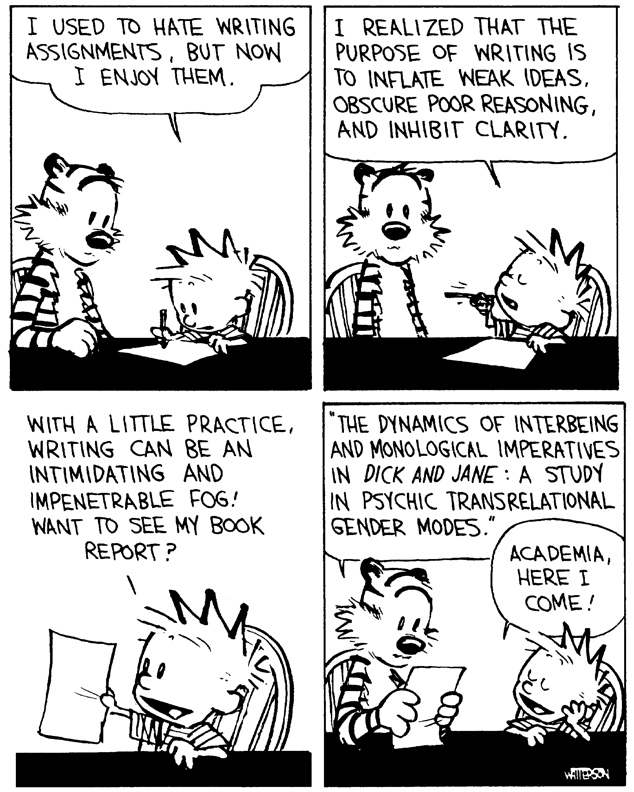I mentioned a retracted Science study about gay rights canvassing. Here (link) is more information about it.
Fotini Christia: conflict researcher
Fotini Christia is an MIT political scientist who works on conflict in Afghanistan. Check out her website.
The effect of school shootings on student performance
If you’re looking for an economics of violence paper that uses a differences-in-differences strategy, look no further! Here is the abstract:
We analyze how fatal shootings in high schools affect schools and students using data from shooting databases, school report cards, and the Common Core of Data. We examine schools’ test scores, enrollment, number of teachers, graduation, attendance, and suspension rates at schools that experienced a shooting, employing a difference-in-differences strategy that uses other high schools in the same district as the comparison group. Our findings suggest that homicidal shootings significantly decrease the enrollment of students in Grade 9 and test scores in math and English standardized tests. Using student-level data from California, we confirm that shootings lower test results for students who remain enrolled.
Female rulers and violence
Are female rulers more or less violent than male ones? This is what NYU researchers Oeindrilla Dube and S.P. Harish try to answer in their paper, “Queens.”
Female leadership is often endogenous, so Dube and Harish examine data from 15th-20th century European monarchs. Hereditary succession means that women are more likely to attain power when kings lack a male heir, or have a sister. Using this as an instrument, the authors find that queens participate in more interstate conflict, without experiencing more internal conflict.
Some tips for writing well
Stephen Walt, a Harvard political scientist, has some tips on his blog for how to write well. He is also very critical of obscure academic writing.

More on causality
One of my former DPhil advisors, James Fenske, put these slides together on causality. They’re very useful!
Game theory’s ability to predict the future
In preparation for today’s ECON 491 class on game theory, I suggest this article about Bruce Bueno de Mesquita, a New York University political scientist who uses game theory to predict international events: civil wars, terrorism, power struggles, etc. Happy reading!
The Rwandan genocide and quasi-natural experiments
In this short video, Harvard economist David Yanigazawa-Drott explains how he used a quasi-natural experiment to show radio propaganda’s effect on the Rwandan genocide:
The Scramble for Africa’s effect on political violence
In 1884, German Chancellor Otto von Bismarck organized the Berlin Conference, inviting representatives from a number of European nations to decide how Africa should be colonized. The Conference was the peak of ‘The Scramble for Africa’ among European nations. After rounds of bargaining, these European states decided how to partition Africa amongst themselves. A lot of the division was arbitrary, since the Conference’s delegates had no knowledge of the African continent, aside from its landmass and water bodies.
Economists Stelios Michalopoulos and Elias Papaioannou use African borders’ arbitrary distribution as a quasi-natural experiment to study the Scramble’s effect on political violence. The borders’ essentially random assignment means that they often cut through pre-colonial tribal and ethnic homelands – for example, the Yoruba people were split between Nigeria and Benin-Dahomey. Michaloupolos and Papioannou find that countries with more ethnic partitioning experience more violence today.
This is an amazing paper, and I highly recommend it. Here is a video of Stelios Michaloupolos presenting it:
Can social welfare programs reduce suicides?
Yes, according to my research with Christopher Roth, my University of Oxford colleague. Our working paper is here.
We use two strategies to identify causality – which my students know I prioritize in micro-empirical research.
First, we use a randomized experiment. The Indonesian government randomly selected 180 sub-districts, the treatment group, to receive a cash transfer, and another 180 sub-districts, the control group, to receive no cash.
The cash transfer program, Program Keluarga Harapan (PKH), targets very poor Indonesians, and provides about 12 percent of their income.
We find that PKH reduces suicides by about 15 percent.
Second, we use a differences-in-differences approach with the PKH’s subsequent roll-out over all of Indonesia. The results are very similar.
This offers causal evidence that social welfare programs can reduce suicides and improve mental health in developing countries.